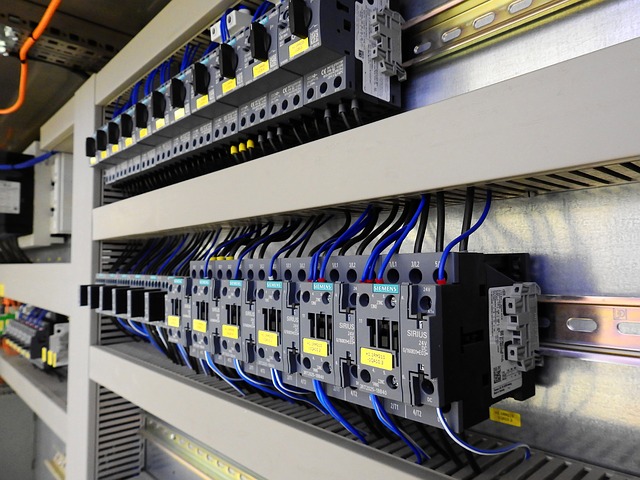Closing down of Assembly Operation

Manager:
Mr.W. S.
-
Customer:
Confidential
-
Role:
Group Manager Manufacturing
-
Location:
Malaysia
-
Turnover:
-
Time frame:
5 months
-
No. of employees:
bm Electrical approx. 50
About the Customer
He had been manufacturing circuit breakers for AEG for many years. The company was a subsidiary of the most prominent German trading house in South East Asia (Customer founded in Singapore in 1840)!
Testimonial from Сustomer
”His first assignment was the closure of a manufacturing plant for circuit breakers which had become uneconomical. This task required great circumspection and difficult negotiations with the Malaysian authorities and Unions. W.S. succeeded in solving all problems in a short time and to our full satisfaction and he also managed to stay well below the cost budget that management had laid out for this purpose.”
Situation (Challenge)
The production of circuit breakers had become uneconomical as it was performed on a manual assembly line.
Solution (Achievement)
The process was twofold
As well trained staff was available the team looked intensively into alternative products. Detailed calculations and simulations were undertaken to change from the circuit breaker assembly operation to the production of heating elements for hot water kettles and boilers. Though this solution showed a high degree of profitability it was discarded by management as the main customer would have had –again- too much of a hold over the business.
After the final decision to closing down was taken it required a very delicate balance between the company’s interest in maintaining the high reputation of (confidential) in Malaysia with the needs and aspirations of the staff, most of who had been working at (confidential) for 10-20 years. Malaysia was then in a severe recession and the government controlled press was picking especially on foreign owned companies. Compensation packages had to be developed and communicated to the stake holders. Most importantly was W.S. daily attendance at the company securing that assembly continued until the very last day on normal level and that staff had the feeling of not being abandoned but cared for.
